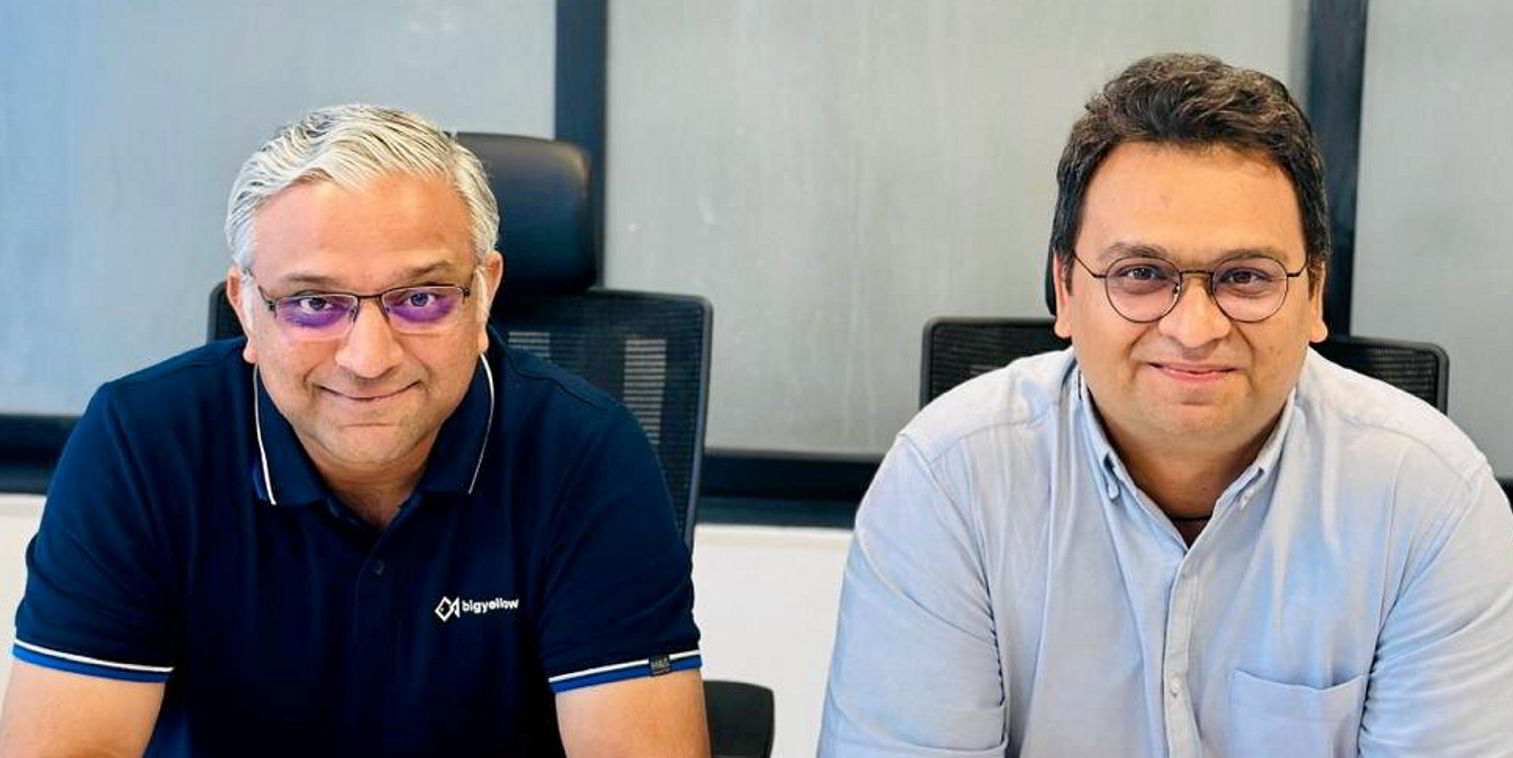Bigyellowfish is a workplace well-being, mental health and training platform designed to allow organisations to be on top of their crew well-being and welfare engagement.
Last December, it raised $1.1m in seed funding from Powerhouse Ventures, Anicut Capital and Bernhard Schulte Innoport.
Bigyellowfish’s two co-founders, Soma Sundat Gollakota, a master mariner, and Kunal Pancholi, a tech entrepreneur, spoke to TradeWinds about the challenges that tech start-ups face in the maritime sector and shared some insights on how to successfully raise funds in the Asian investment space.
Bigyellowfish is an employee experience and behavioural risk management tool that combines technology, business and psychology. It counts major shipping companies and ship managers such as Bernhard Schulte Shipmanagement, Avance Gas, Wilhelmsen Ship Services, OSM Maritime, Flex LNG Fleet Management, Evergas Ship Management, NYK and Thome Group among its clients.
At the core of its product is a seafarer mobile app that enables users to record how they feel, track and monitor their sleep quality, engage in well-being activities, access general and company-specific training modules via short bursts of gamified reinforced learning, interact with a mental health chatbot or consult with a psychologist.
Over 10,000 seafarers on board around 400 vessels have been using the app since it first went online in early 2021.
Gollakota and Pancholi said Bigyellowfish was set up against the premise that the behaviour of a frontline workforce has a strong impact on a company’s bottom line.
“The maritime, oil and gas, aviation, manufacturing, mining and health care sectors are asset and people-heavy. This puts a significant challenge on identifying, understanding and managing such a diverse, distributed workforce to manage the asset risk better and, therefore, the business risk. We have seen how complex and challenging this process can be,” Gollakota said.
“The complexity further augments due to the lack of the right technology tools, which can help organisations manage the workforce at scale, be on top of their performance metrics and be proactive in driving decisions,” he added.
Bigyellowfish at a concept stage was incubated at Port XL, Rotterdam, one of the largest accelerators in the maritime space. Only after 18 months of business operations did it go out to seek seed funding.
The company secured its first round of institutional funding through a combination of both venture capital and strategic investments. Its strategy was to target investors who invested in software as a service (SaaS) products and who backed early stage companies.
The co-founders said that finding the right investors is a discovery, and the process is always met with many challenges, rejections and excitement.
They described their funding journey as one that met with mixed reception until the right match was found.
The pair said that often the investor philosophy is more aligned with riding a specific market wave, and where their experience as investors align. They quickly learned that Bigyellowfish, which built a business in the safety-critical markets addressing the frontline workforce, needed to be more easily understood by investors who were probably unaware of such sectors and perceived them as an investment risk.
“But that meant we stood out from the rest and were unique. It presented an opportunity for the right investors to see a massive growth opportunity in the future regarding their value,” said Pancholi.
“For funding outside of Asia, it was the US, where the sectors did not matter much, but the technology and the business growth value mattered, especially if you were a SaaS product,” he added.
Be prepared
Both Gollakota and Pancholi stressed that while no investors threw hurdles at them, objections were raised over market size and scalability. At the end of the day, they said, it came down to showing market traction, revenue, market validation and vertical to horizontal product adoption.
The two Bigyellowfish co-founders had plenty to say when asked if there was any advice they could give to other tech start-ups in Asia looking for seed funding.
“Get your problem statement clear, the clear market opportunity, the product-to-market fit, the go-to-market fit, the business plan to execute. Last, but not least, time your investment. Clients and revenues speak volumes for you and are your true assets for a sustainable business. Chase the revenues and let investments chase you,” said Gollakota.
“Identify the investors and the investment instruments that suit your business,” said Pancholi.
“Equity is the most precious asset that founders need to preserve. Learn when to hold back and when to let go. Last, but not least, remember you are building a business, which means it is not just a journey of the founders but the rest of the team. It is crucial to hire talent-rich teams that are aligned with your vision. Make the key team members stakeholders by providing employee stock ownership plans so that they see long-term value in your vision,” he added.
All these, the two Bigyellowfish co-founders said, will drive investor confidence in start-up founders as visionaries for building a large, sustainable and scalable business.



